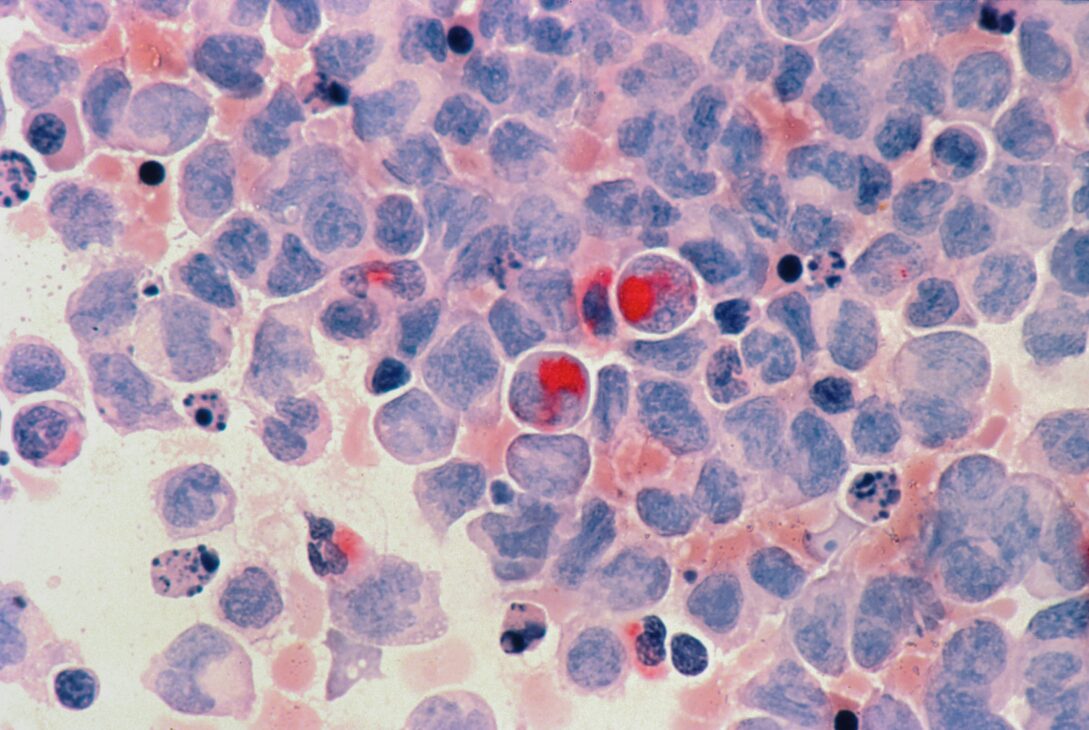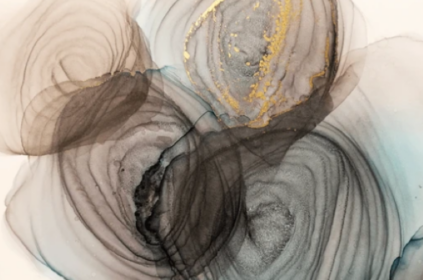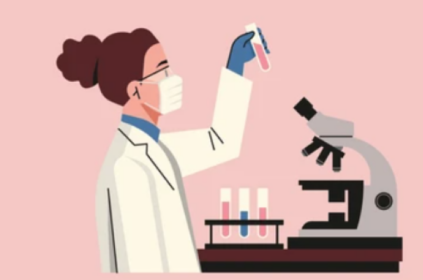At the start of 2024, the Duchess of York Sarah Ferguson announced that she had beaten breast cancer.
What she didn’t know was that her cancer journey is, unfortunately, not over yet.
Aliza Chazan reports for CBS News that the Duchess of York is now battling malignant melanoma. Ferguson shared the news on her Instagram page on January 22, writing:
It was thanks to the great vigilance of my dermatologist that the melanoma was detected when it was.
Sarah Ferguson, the Duchess of York, on Instagram (January 22, 2024)
Chazan writes that Ferguson’s dermatologist discovered the melanoma after removing several moles during the course of Ferguson’s reconstructive surgery, which she underwent after her mastectomy.
Understanding Melanoma
Melanoma is a severe form of skin cancer that arises from melanin-producing cells called melanocytes. This cancer can occur in children but is more often seen in adults. It also varies in location. For example, men most typically develop melanoma on the area between the shoulders and hips or head and neck, while women often develop melanoma on the arms and legs. In people of color, melanoma may appear in “hidden” areas like the digestive tract, eyes, mouth, or under nails.
Editor’s Note: Get Involved!
Cancer doesn’t discriminate. WHATNEXT and its partners are interested in amplifying the voices of those from all identities and backgrounds. If you have a cancer journey to share, reach out here to learn more about how your voice can help spread awareness and inspire individuals from all walks of life.
Are there risk factors for melanoma development? The answer is yes. If you have high levels of UV exposure (i.e. if you spend a lot of time in the sun or in tanning beds), your risk of melanoma increases. Having a family history of melanoma, many moles, or a fair complexion also increase your risk.
In her Instagram post, the Duchess of York mentioned that:
I believe my experience underlines the importance of checking the size, shape, colour and texture and emergence of new moles.
Sarah Ferguson, the Duchess of York, on Instagram (January 22, 2024)
As she suggests, being aware of abnormal moles could help you identify potential melanoma. Healthy people typically have an average of 10-45 moles. These healthy moles are round, smaller in size, usually one color, and have a distinct border. You can identify unusual moles that may signify melanoma by thinking about ABCDE.
A stands for asymmetrical border. If one part of your mole is a different shape than the rest, that could be cause for concern. Next is B for irregular border. Your mole should not have ragged, irregular, or notched borders. Color changing is also a concern. Healthy moles will usually be black, brown, or tan. If your mole changes colors, it could signify melanoma. Healthy moles are usually smaller than 1/4 inch, so if the diameter of your mole is larger, consider getting it checked out. Finally, moles should not evolve over time. So if your mole grows, changes colors, itches, or bleeds, that could be an issue.
Having moles that sudden grow near an existing mole, skin color changes, or changes in an existing mole may also signify melanoma. If you are concerned about any moles, please speak with your doctor.
Your doctor can work with you to identify your best treatment path. Potential treatments leveraged for melanoma include chemotherapy, surgery, targeted therapy, biologics, and radiation.
breast cancer Duchess of York melanoma oncology skin cancer
Last modified: January 23, 2025











